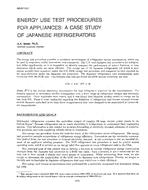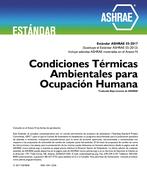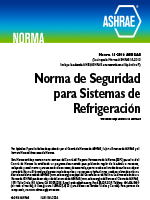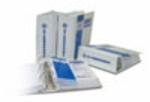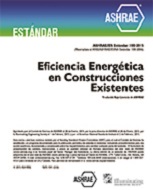Description
The energy test procedure provides a consistent measurement of refrigerator energy consumption, which can be used by engineers, utility forecasters, and consumers. The U.S. and Japanese test procedures for refrigerators differ significantIy, so it is impossible to directly compare the performance of unique features, or even determine which units are more efficient. The energy use of 12 Japanese refrigerators (of which 9 were unique models) were measured under the U.S. DOE energy test procedure and compared to that reported by the manufacturers under the Japanese test procedure. The Japanese refrigerators used substantially more electricity with the DOE test. The formula that best predicted the DOE annual electricity use was:
DOE = 1.43 • JPN + 36
where JPN is the annual electricity consumption for that refrigerator reported by the manufacturer. The formula appears to accurately predict consumption over a wide range of refrigerator designs and electricity consumption. Three duplicates were tested, and it was found that identical models varied in energy use by less than 6%. There is some ambiguity regarding the definition of refrigerated and freezer volumes because several Japanese units had more than three compartments that were designed to be maintained at intermediate temperatures.
Units: Dual
Citation: Symposium, ASHRAE Transactions, 1987, vol. 93, pt. 2, Nashville, TN
Product Details
- Published:
- 1987
- Number of Pages:
- 8
- File Size:
- 1 file , 680 KB
- Product Code(s):
- D-NT-87-13-2
